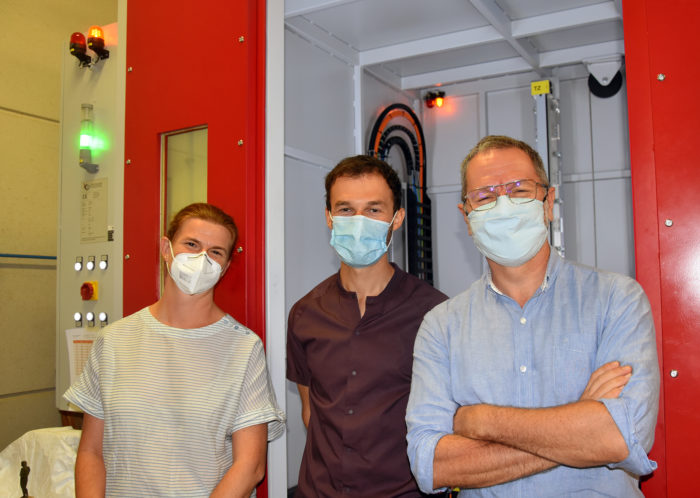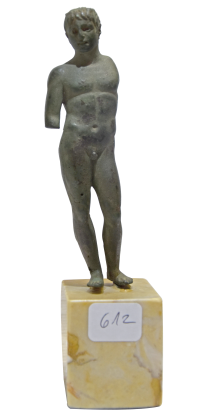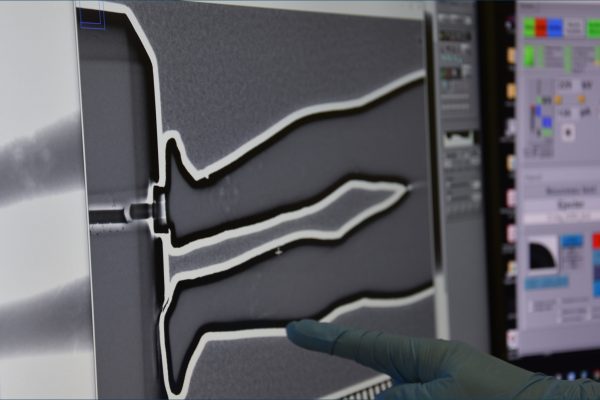
Interview of Pascal Capus, curator at the Musée Saint-Raymond, archaeology museum in Toulouse
Last June, the Musée Saint-Raymond in Toulouse purchased a bronze Roman statuette depicting Roman God Mercury. As part of its restoration, the piece was inspected by Radiography at Testia, to allow researchers to find out more about the artwork and its story.What is the story of this artwork?
This statuette, which depicts the Roman God Mercury, dates back from the first century of our era. This artwork caught our attention as it has a peculiar story. It was found during archeological digs led in the 1920s in Cazères, which was a handicraft town back in the Roman Times. Back when it was discovered, it was featured in an article with a picture. Bronze additions, called “pastilles”, which indicate a restoration was made, were noticed. It is rather common nowadays to find restorations marks from the 19th or 20th century on Roman Antiques. Hence, here it was very interesting to analyse touch-ups from the Roman Times.What is the goal of the restoration undertaken by the lab?
At the moment, the artwork is heavily clogged and hence needs dust extraction before being displayed at the museum. Despite its condition, it is largely visible to the bare eye that the calves have been restored. Thanks to today’s technologies, it is now possible, with pieces such as this one, to understand some of the techniques used by Antique bronze workshops. Besides its historical value, this statuette also has a true scientific value as it can help us to better understand the techniques of the time.
How does Testia’s expertise help you in your approach?
The lab Materia Viva looks after the restoration of our pieces of art. Their team regularly works with Testia, notably for Radiographic Testing. In this very case, digital radiography allowed us to highlights those “pastilles” we mentioned before, and to see that it is the same metal that was used for the touch-ups, without any welding. It is also clear to see that the piece is filled, unlike similar models which are often hollow. Hence, radiographic testing allowed us to confirm our starting assumption, which was that the statuette had been restored in the Roman Times. It is a true opportunity for us to be able to work with Testia and to rely on the operators and engineers’ expertise: their know-how is a precious help that completes the work of archeologists and researchers. We will keep asking for their support for future projects!
Testia performed both traditional and digital radiographies for several pieces of arts belonging to the Musée Saint-Raymond. Inspections were carried out directly in our NDT workshop in Toulouse. For more information about our inspection services, visit our website or contact us at contact@testia.com

The artwork depicting Roman God Mercury

Analysing the digital radiography
